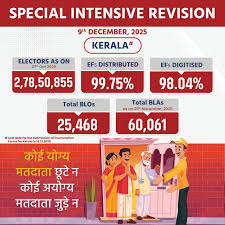Understanding the Conclave: Tradition and Its Modern Implications
Introduction
The conclave is a significant and historical event within the Roman Catholic Church, involving the election of a new Pope. This tradition not only holds considerable reverence within the Church but also garners worldwide media attention when it occurs. As the world observes the processes and rituals associated with this sacred duty, the conclave serves as a reminder of the influence and responsibilities carried by the papacy in the modern age.
What is the Conclave?
The conclave is the gathering of the College of Cardinals to elect a new Pope, which occurs upon the death or resignation of the previous pope. Derived from the Latin term “cum clave,” meaning “with keys,” it signifies the closed-door assembly where the Cardinals, secluded from the outside world, engage in prayerful deliberation. The conclave is marked by rituals such as the locking of doors to ensure confidentiality and the use of a voting system that requires a two-thirds majority for election.
Recent Conclave Events
The most recent conclave occurred in March 2013, resulting in the election of Pope Francis. This conclave is notable not only for the election of the first Jesuit pope but also for his approach to modernizing the Church’s relationship with contemporary issues, including social justice, poverty, and environmental concerns. Since then, Pope Francis has often highlighted the significance of maintaining humility and compassion at the forefront of the Church’s mission, prompting discussions on reform within the institution.
Significance of the Conclave Today
The conclave remains a pivotal event, as it defines the future direction of the Catholic Church amidst evolving societal values and challenges. With declining participation in ecclesiastical activities among the laity, the election of a new Pope can significantly impact the Church’s relevance globally. The conclave not only embodies centuries of tradition but is also a reflection of the Church’s adaptability to modern issues, making its proceedings critical for both insiders and observers.
Conclusion
In conclusion, the conclave signifies more than just the election of a new Pope; it represents a time of reflection, renewal, and possible transformation within the Catholic Church. As challenges continue to arise in the face of global issues, the significance of the conclave may only increase, with the choices made by the Cardinals potentially influencing millions of adherents around the world. As we move forward, understanding the implications of each conclave will be crucial for both the Church and society at large.








